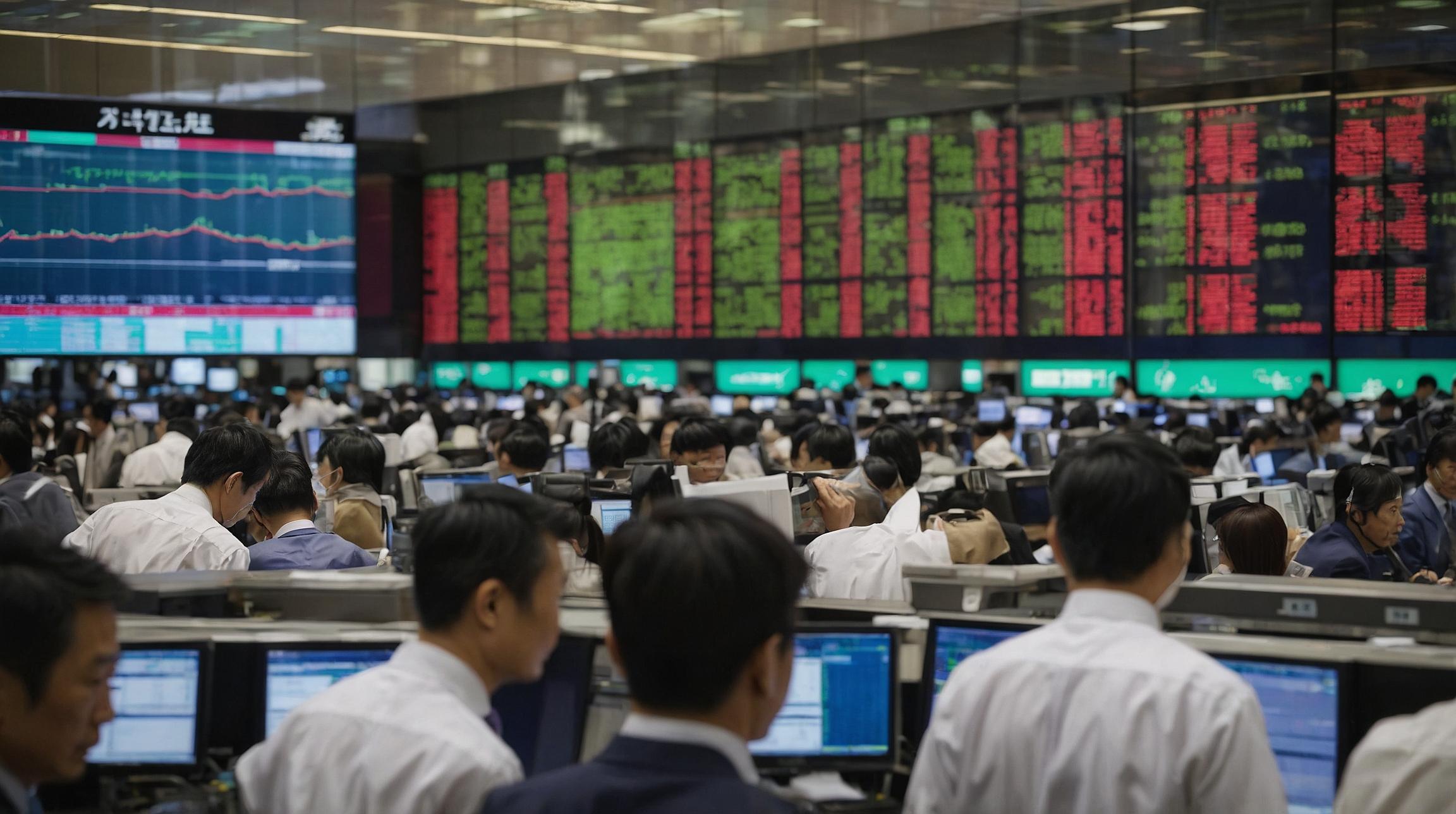AI Investment Frenzy Draws Parallels to Historical Tech Boom and Bust
In an era where artificial intelligence (AI) is rapidly advancing, the demand for chips and the necessary supply chain enhancements to support AI's expansion is creating echoes of the tech booms—and busts—of the past. As AI models grow in complexity and size, the need for more advanced chips has never been more pronounced.
However, this rush towards semiconductor dominance is not without its risks. Historical cycles, such as the telecoms boom of the late 90s and the eventual bust that followed, offer a cautionary tale for today's AI-driven market. Back then, companies like Cisco saw their stock prices soar, only to face a dramatic collapse as demand failed to sustain the feverish pace of investment and production. The industry saw a swift transition from scarcity to surplus, leading to more than 20 telecom groups filing for bankruptcy by 2002.
Today's AI landscape is seemingly at a similar inflection point. After a significant chip shortage impacted sectors like the automotive industry just two years ago, there are now signs of overcapacity in chips, particularly those of older generations. This trend is underscored by Samsung's recent production cuts and the hefty losses suffered by companies like Kioxia amidst a glut in the chip market. Furthermore, the construction of over 70 new fabrication plants is underway, even as global silicon wafer shipments and chip-making equipment billings have seen sharp declines.
Yet, the trajectory of AI and its integration into enterprises may evolve more slowly than current stock prices and funding expectations suggest. The rapid development of chip technology—highlighted by the swift transition from 7nm to 5nm technologies—indicates that future investments in chips might not be as substantial as some forecasts predict.
The market's enthusiasm for AI's potential, backed by significant revenue milestones achieved by companies like OpenAI, does indicate a fundamental difference from the dotcom era. However, the risk of overinvestment remains high, reminiscent of the 90s. The lesson from past booms and busts lies in the importance of moderated expectations and the strategic pacing of investments.
The AI chip market is indeed a critical element for the future of technology. Still, stakeholders must tread carefully, balancing optimism with pragmatism to avoid repeating the historical cycles of overhype and correction. Remembering the lessons of the past may be the key to navigating the promising yet perilous path toward AI's future.
Analyst comment
Neutral news
As AI advances, the demand for chips grows, drawing comparisons to past tech booms. However, risks of overinvestment and overcapacity in the chip market pose challenges. The rapid development of chip technology may reduce the need for substantial future investments. Stakeholders must balance optimism with pragmatism to avoid repeating the historical cycles of overhype and correction. The AI chip market is critical, but cautious navigation is crucial for its future success.













